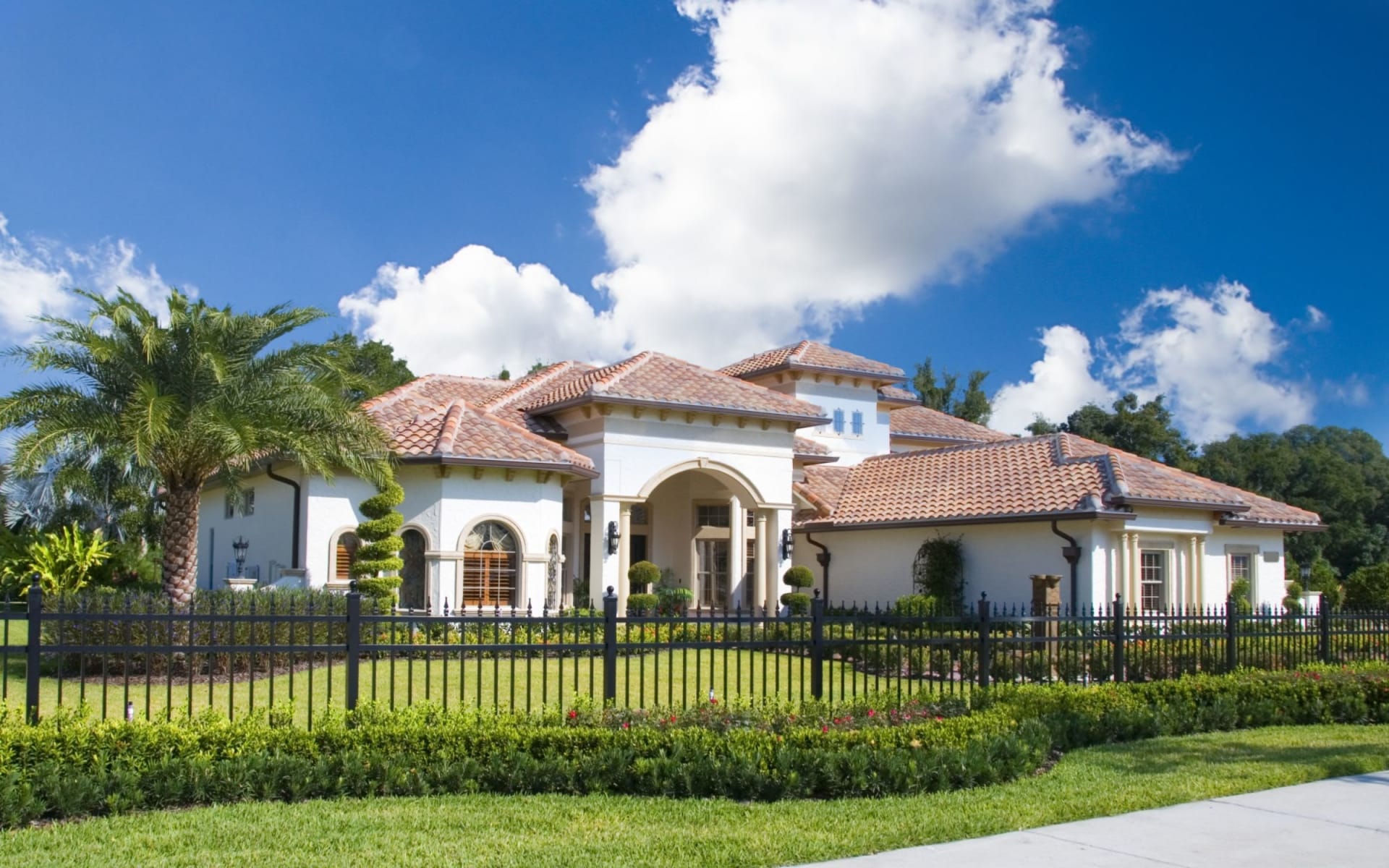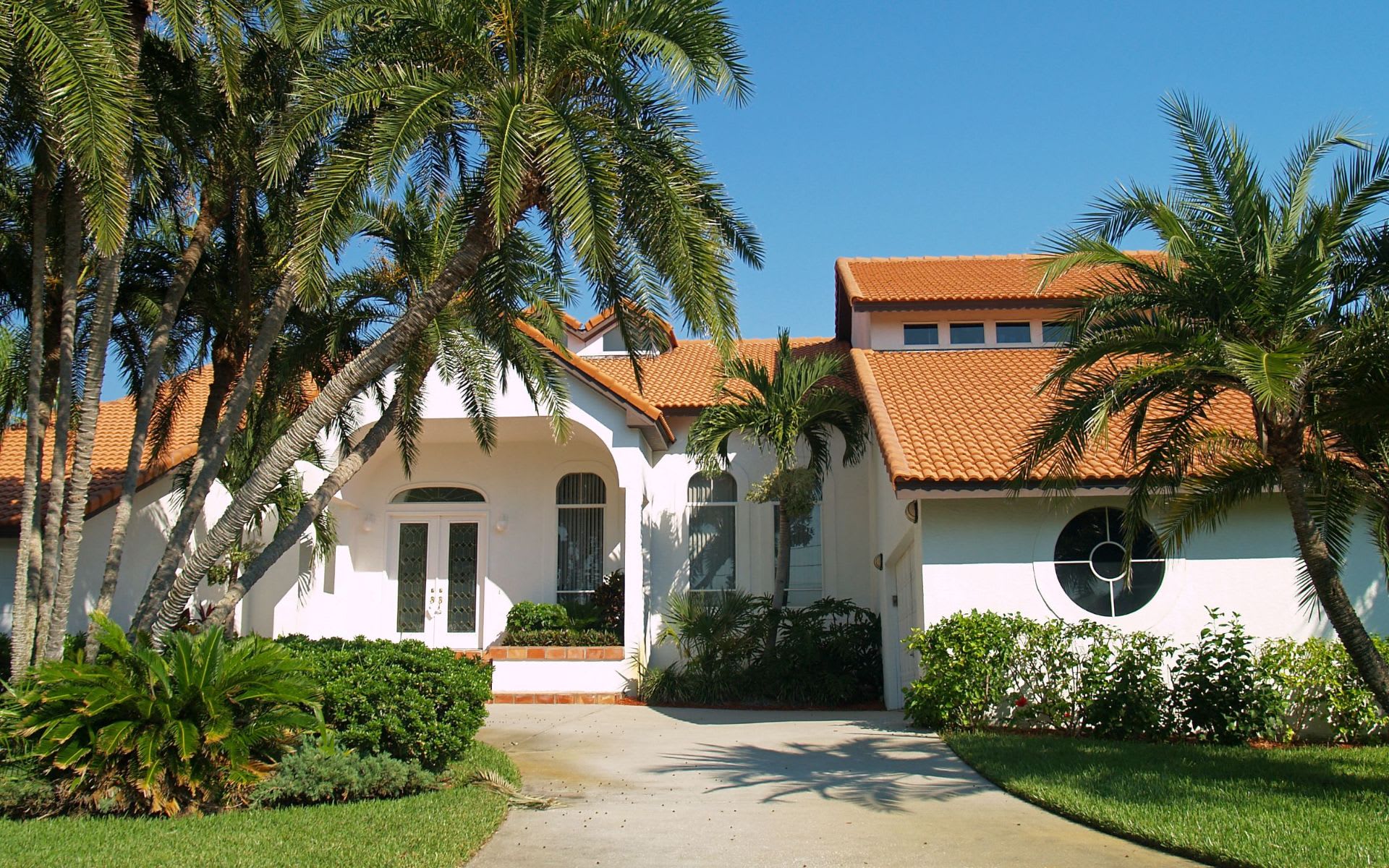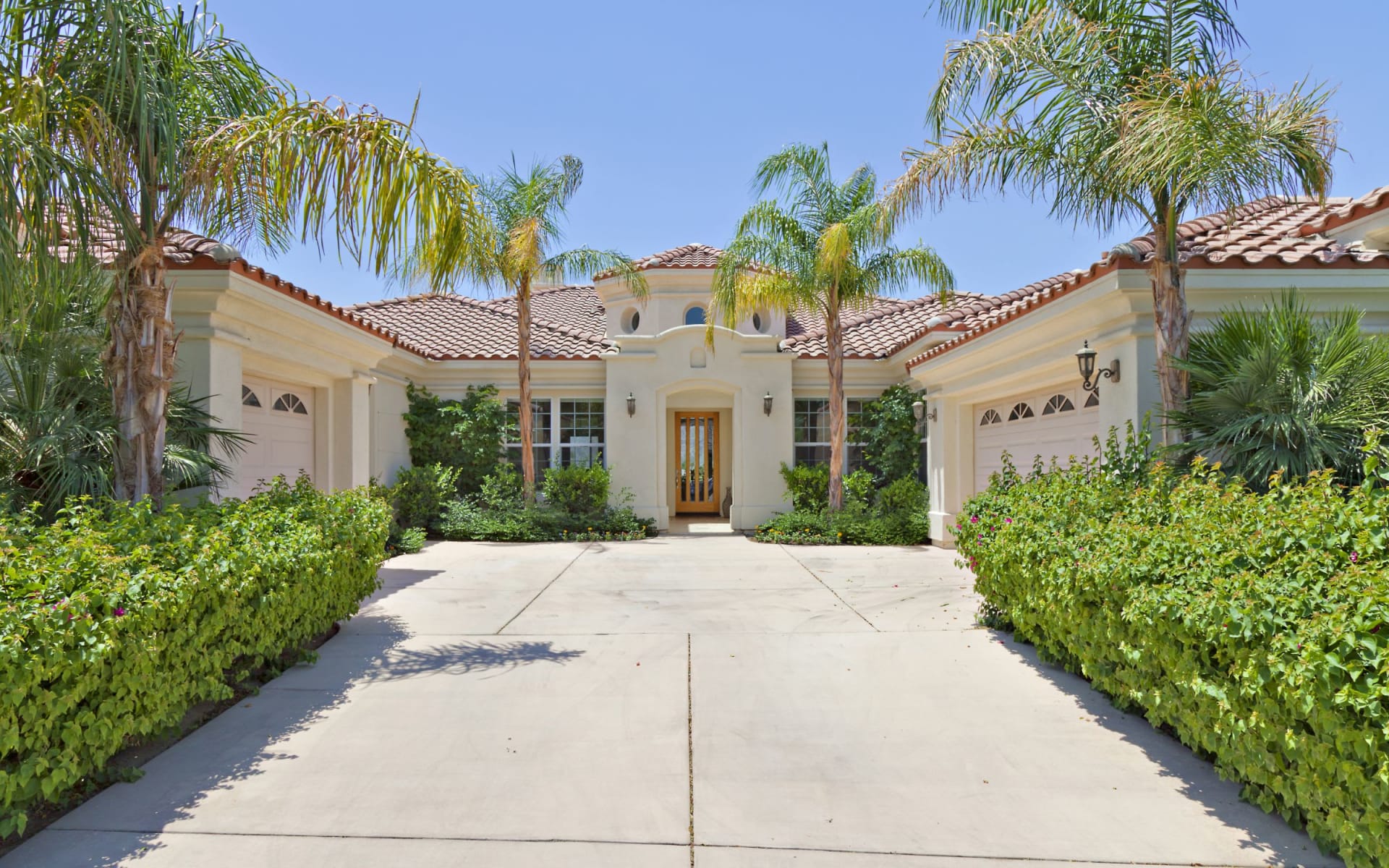Let’s clear something up right away—just because the Federal Reserve hiked rates doesn’t mean your mortgage rate is going to follow like a loyal golden retriever. A lot of buyers (and even a few confused real estate TikTokers) think mortgage interest rates move in lockstep with the Fed’s rate hikes. But surprise! That’s not how it works.
Short-Term vs. Long-Term: The Rate Dating Game
The Federal Reserve sets what’s called the federal funds rate—this is the interest rate banks charge each other for overnight loans. Yep, overnight. Super short-term. This has a much bigger impact on credit cards, car loans, and home equity lines of credit—stuff you pay off relatively quickly.
But your mortgage? That’s the long game. We’re talking 15, 20, 30 years of commitment. (Longer than most celebrity marriages and definitely longer than the average Florida snowbird’s attention span.)
That’s why mortgage rates are actually tied to the 10-year Treasury note yield, not the Fed’s rate directly.
So What’s the 10-Year Treasury Yield?
Think of the 10-year Treasury like the government’s IOU to investors. Investors loan Uncle Sam money for 10 years, and in return, the government pays them interest. That interest—or "yield"—is considered one of the safest investments on the planet. No offense to crypto bros, but this is the turtle to their hare.
Mortgage lenders look at this yield as a benchmark because most people don’t live in their homes for 30 years anyway. In fact:
-
The average homeowner stays about 8 years
-
The median stay is 13.2 years (thanks for that oddly specific number, Census Bureau)
So when lenders set mortgage rates, they base it on the 10-year Treasury yield—then add a little extra on top, called a “spread.”
Wait—What’s the Spread? (No, Not the Brunch Kind)
This spread is basically the lender saying, “Okay, we’re not the federal government, we take on more risk than Uncle Sam, and we’re not doing this out of the kindness of our hearts.” So they tack on some additional points to cover:
-
Risk of default (aka someone deciding they'd rather stop paying and start ghosting)
-
Inflation expectations (because a dollar today isn’t a dollar tomorrow)
-
Market demand for mortgage-backed securities (MBS)
-
Operational costs (yes, lenders gotta eat too)
Historically, this spread ranges from 1.5% to 2%, but it can widen in times of economic chaos—like, say, a pandemic, banking crisis, or a market rollercoaster worthy of a Six Flags season pass.
Why Should You Care as a Buyer or Seller in Florida?
Well, for starters, knowing what actually influences mortgage rates gives you the upper hand. While everyone else is pointing fingers at Jerome Powell like he’s personally blocking their loan approval, you’ll be watching the bond market like a seasoned Wall Street pro (minus the stress and questionable wardrobe choices).
It also means that when you're timing your buy—or advising clients—you’ll know that watching the 10-year Treasury yield is one of the best predictors of which way mortgage rates are heading.
If the yield drops, mortgage rates tend to follow suit. If it spikes? Well, buckle up.













